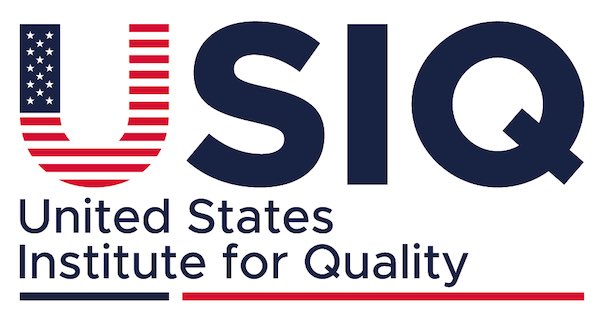|
Getting your Trinity Audio player ready...
|
Employer image is a central aspect of employer branding. It refers to the perception of a company as an employer by current and potential employees as well as other stakeholders. A positive employer image can make a significant contribution to attracting qualified talent and retaining existing employees long-term.
1. Formation of an Employer Image
According to Trommsdorff (2004, pp. 22-24) and Süß (1996, p. 111), employer image is formed by the totality of ideas, beliefs, and perceptions that individuals have about a company as an employer. These perceptions are influenced by both direct experience and indirect information. Employer image is, therefore, the result of a complex process in which various sources of information and personal experiences play roles.
2. Characteristics of an Employer´s Image
A strong and positive employer image is characterized by the perception that the company offers attractive working conditions, a good corporate culture, and interesting career opportunities. It reflects a company’s identity and values and significantly influences the decision of potential applicants to apply to or stay with a company (Trommsdorff, 2004, pp. 32-34).
The corporate culture and values practiced by a company significantly influence an employer’s image. A positive and supportive corporate culture that is perceived by employees as authentic and consistent contributes significantly to the creation of a positive employer image (Mosley, 2014, p. 143-145).
3. Communicating an Employer´s Image
The way in which a company communicates externally also influences its image as an employer. Transparent and honest communication, regular information about company developments, and the involvement of employees in decision-making processes strengthen trust and improve the company’s perception as an employer (Süß, 1996, pp. 113-114). The direct experiences of employees, how they experience everyday working life, the management culture, and development opportunities in the company, decisively influence an employer image. Positive employee experiences are often communicated to the outside world and have a positive influence on a company’s image (Trommsdorff, 2004, pp. 46-48). The perception of a company by external stakeholders, such as customers, suppliers, and the public, also influences an employer image. Reports in the media, ratings on employer rating portals, and its general social reputation contribute to the formation of an employer image (Edwards, 2010, pp. 10-11).
4. Building a Positive Employer Image
A company should implement targeted strategies to develop and maintain a positive employer image. The development and communication of a clear and attractive employer brand are crucial. This brand should reflect the values and culture of the company and be communicated authentically (Backhaus & Tikoo, 2004, pp. 516-517). Measures to increase employee loyalty and motivation, such as flexible working time models, further training opportunities, and a positive corporate culture help ensure employees have positive experiences and communicate these to the outside world (Mosley, 2014, pp. 97-99). Open and transparent communication, both internally and externally, strengthens trust and improves the company’s perception. Regular updates and the involvement of employees in important decisions are crucial (Süß, 1996, pp. 115-116).
Companies should regularly obtain feedback from their employees and implement continuous improvement processes based on this feedback. This shows employees that their opinions are valued and contribute to a positive image (Trommsdorff, 2004, pp. 50-51). An employer’s image is a decisive factor in the success of employer branding. A positive and strong image not only helps to attract and retain qualified talent but also strengthens the overall public perception of the company. Companies can continuously improve their employer image through targeted measures and, thus, increase their attractiveness as employers.
Sources:
- EDWARDS, M. R. 2010. An integrative review of employer branding and OB theory. In Personnel Review, 39 (1).
- MOSLEY, R. 2014. Employer Brand Management: Practical Lessons from the World’s Leading Employers. Wiley. 316 Seiten.
- SÜß, M. 1996. Unternehmensimage und seine Auswirkungen. Zeitschrift für Betriebswirtschaft, 66 (2). S. 111-126.
- SCHAREFNBERG, O. 2023. Storytelling in Employer Branding: Let Your Employees Have Their Say.
- TROMMSDORFF, V. 2004. Konsumentenverhalten. Stuttgart: Kohlhammer Verlag. 360 Seiten.
Related Articles
Recruitment marketing aims to market your organization in order to target potential employees. Rather than waiting for individuals to approach [...]
The current fast-paced job market demands essential adaptability from both workforce members and organizations. The technological changes in industries and [...]
A successful social media marketing strategy for B2B success depends on trust development while sharing valuable content that targets decision-making [...]
Every employer understands the importance of retaining their employees because this is one way through which their business can grow [...]





